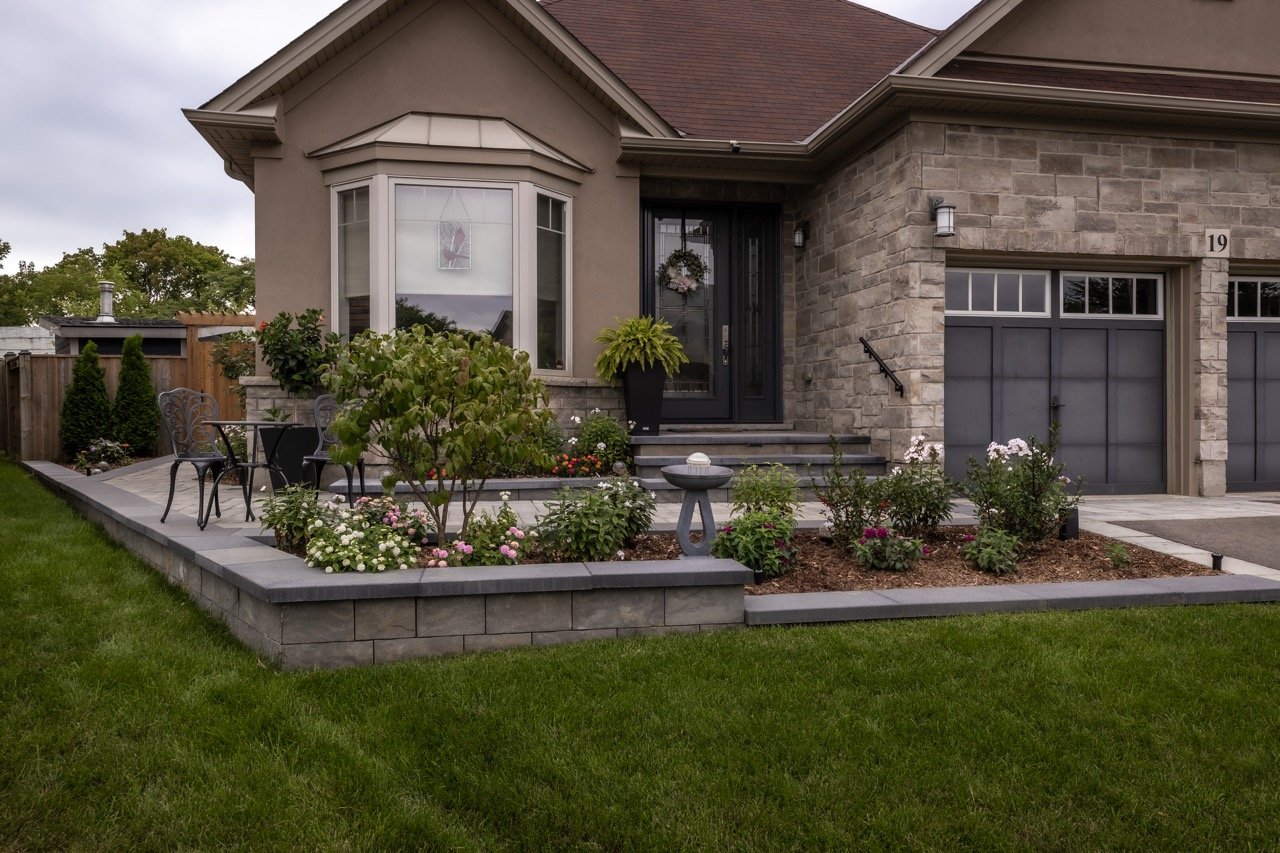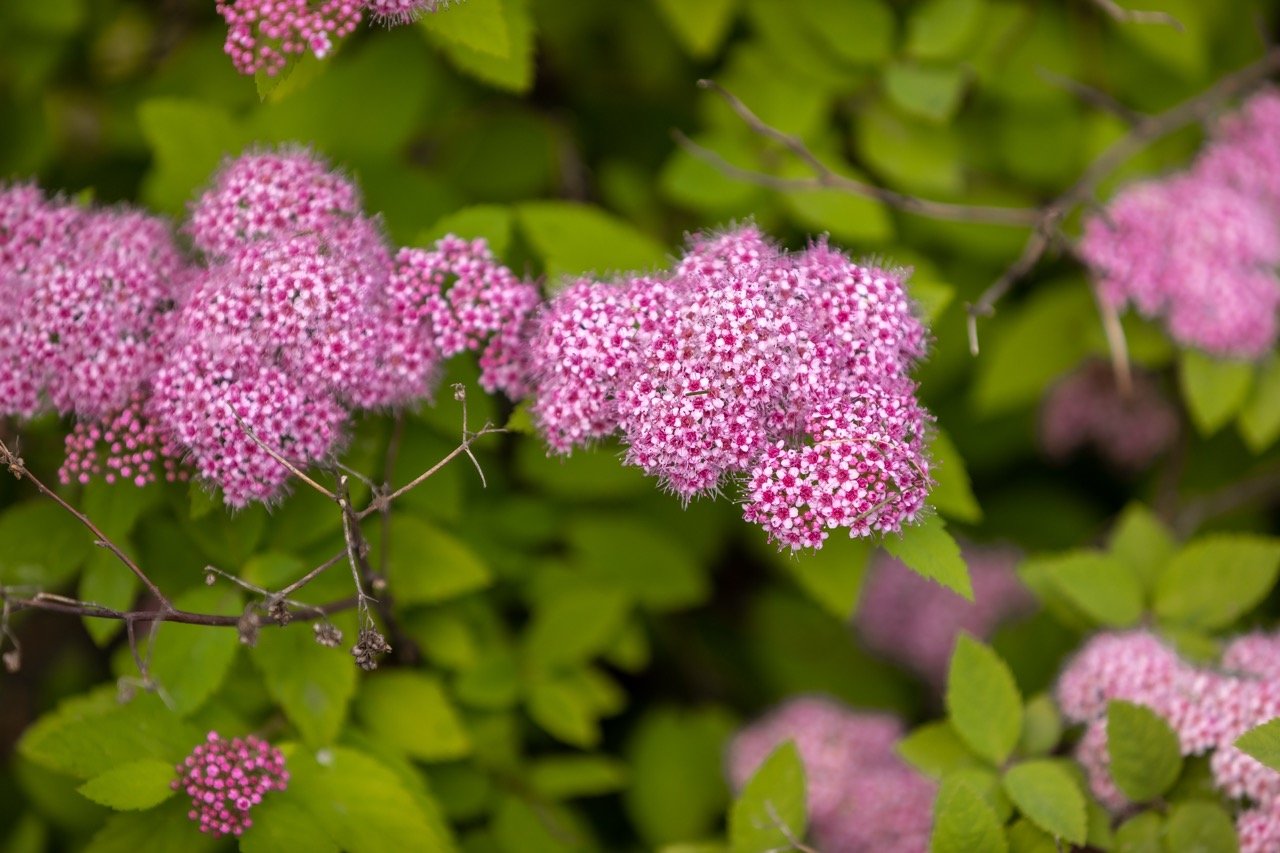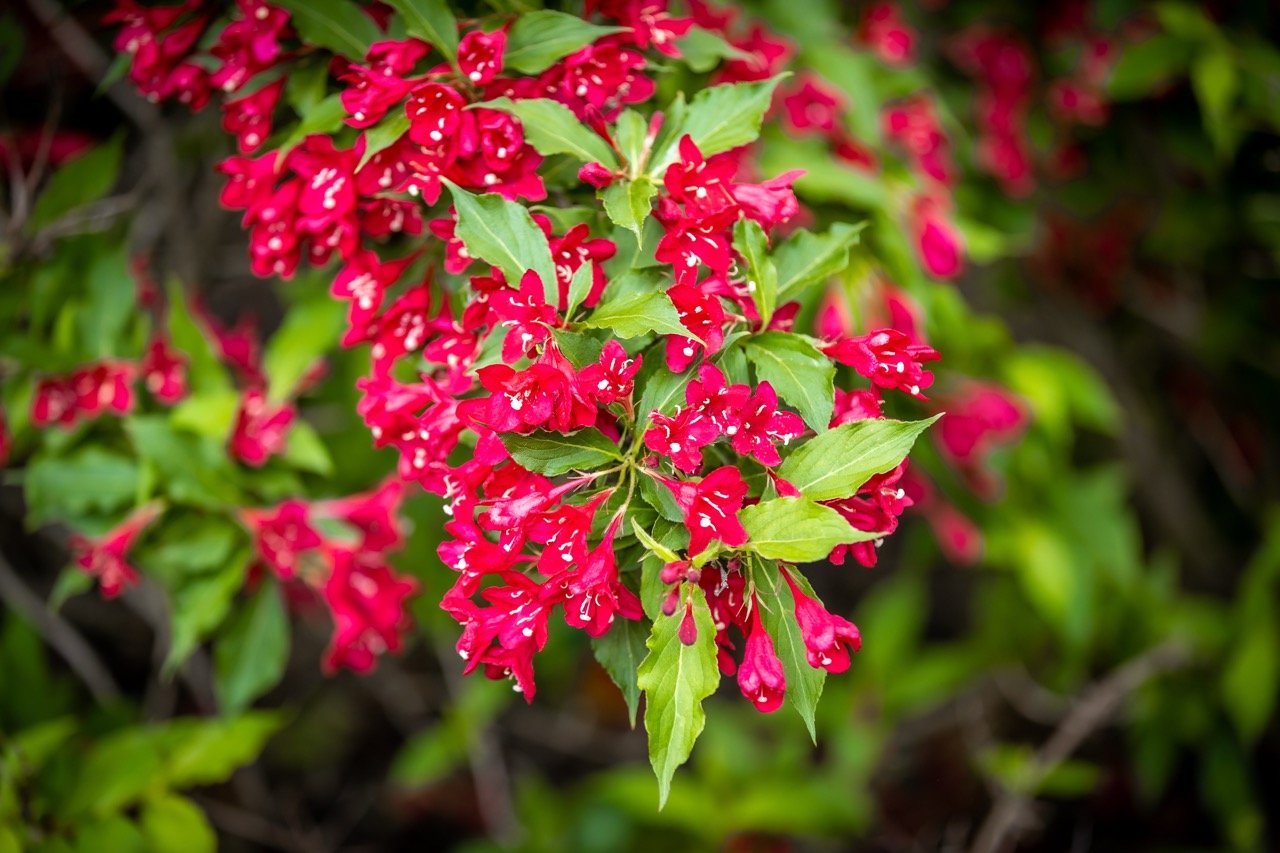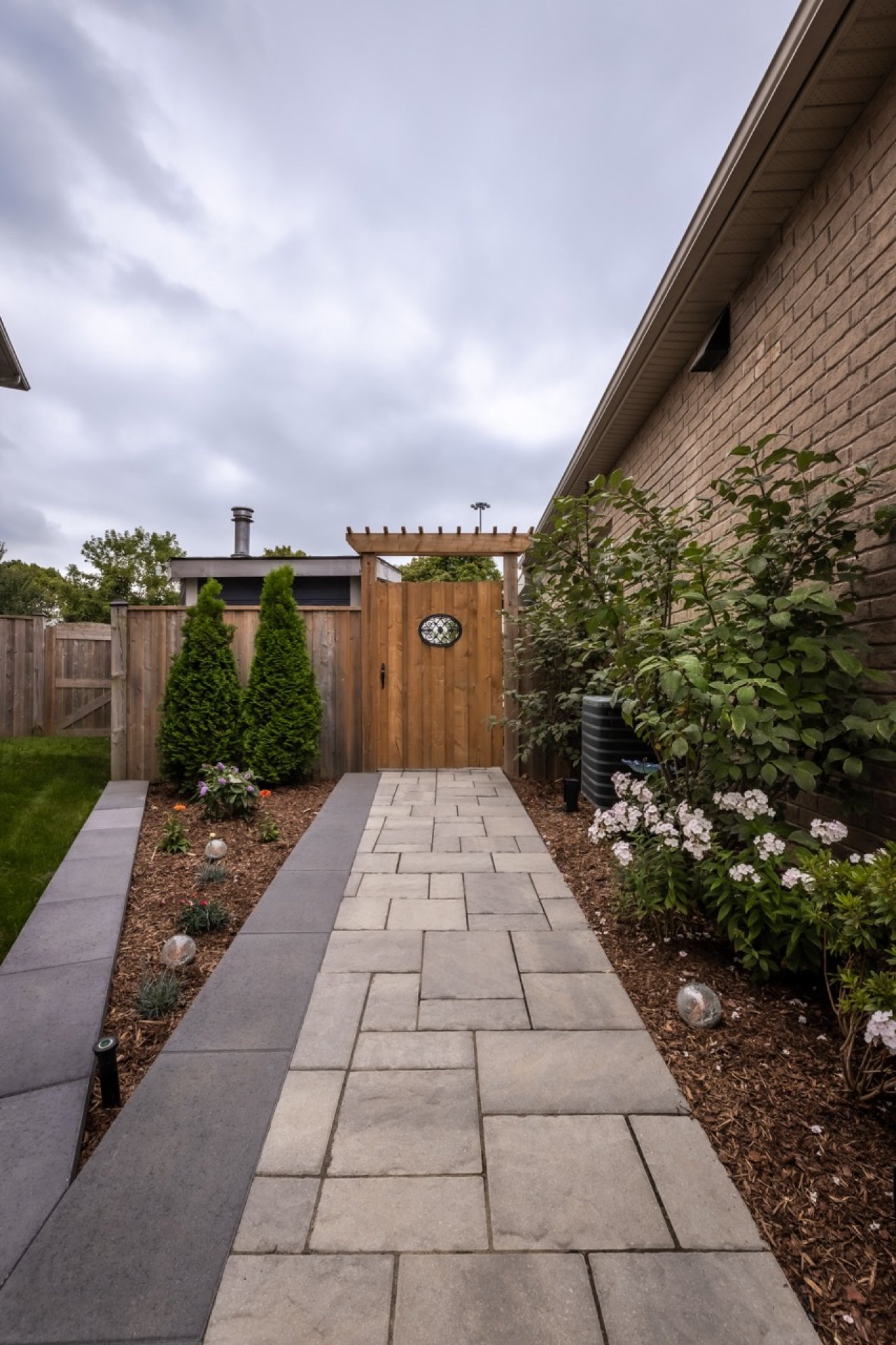The Unique Blog
Beyond Boxwood: Hardy Shrub Alternatives That Thrive in Hamilton

Boxwoods have long been the go-to for timeless structure and evergreen charm. But lately, new pests and diseases are making it harder to keep them looking their best. It’s frustrating, but not hopeless. We’ve got some good news to share.
Maybe you’ve started noticing the signs—yellowing leaves, bare patches, or even whole sections dying back. New threats like boxwood blight are beginning to take a toll on once-healthy shrubs. But fear not. You don’t have to give up that polished, structured look. There are several hardy, low-maintenance shrubs that can bring the same year-round beauty—without the worry.
In this quick guide, we’re sharing a few of our favourite boxwood alternatives that thrive in Hamilton’s climate—plus a few expert tips to help them look great for years to come.
Let’s dig in!
Shrub Alternatives to Boxwood for Hamilton
1. Inkberry holly (Ilex glabra, cultivars ‘Gem Box’, ‘Strongbox’)
Native to eastern North America, inkberry holly is one of the best one-to-one replacements for boxwood. With its small, dark-green leaves and dense growth you get that same tidy, formal look—but with much more resilience. Unlike boxwood, inkberry holly is tough against disease, and stands up well to winter stress.
Here in the Hamilton area, look for compact cultivars like ‘Gem Box’ or ‘Strongbox’. These are ideal for low hedges, foundation plantings, or neatly clipped borders. Plant them in sun or part shade and slightly acidic, well-drained soil—that’s their happy place.
Once established, inkberry is pretty low-maintenance: prune lightly after new growth flushes, top up mulch each year, and keep an eye out for a bit of winter browning in more exposed spots.

2. Yew (Taxus species)
Yew has been a landscaping classic for generations—and for good reason. Hardy and handsome, they keep their rich green colour year-round and respond beautifully to pruning. Crisp hedges, rounded forms, or structured topiary—it doesn’t matter. Yew’s good with it all. Most varieties are also hardy well below Zone 6 winters—perfect for Hamilton.
Be sure to plant yews where soil drains freely and light conditions range from sun to part shade. They’re a great choice for formal foundation plantings or shaded corners where other evergreens struggle.
Maintenance is easy: give them light, regular trims to encourage dense growth, and keep an eye out for deer nibbling on new shoots.
3. Japanese holly (Ilex crenata)
If you love the look of boxwood, Japanese holly might fool you at first glance. It offers the same compact habit and small glossy leaves but with better resistance to the problems currently plaguing boxwood.
In Hamilton gardens, it performs well in full sun to partial shade with well-drained soil. Use it for formal hedges, accent plantings, or low garden borders where you want clean lines and year-round greenery.
All it really needs is some light trimming once or twice a season. Just avoid heavy pruning late in the year to prevent winter stress.

4. Green Spire euonymus (Euonymus japonicus ‘Green Spire’)
Green Spire euonymus is a clean, contemporary alternative when you want that architectural look of boxwood. For vertical interest or those narrow spaces, it’s a reliable evergreen that brings height and structure without much fuss. Its tidy, columnar shape makes it a really great accent or hedge when you want to frame an entryway or define a pathway.
You’ll want to plant it in full sun to partial shade and, where possible, give it some shelter from harsh winter winds. Moderate pruning keeps its form crisp, and a little protection in particularly cold or exposed sites will help prevent dieback.

Before You Plant
Even if you’re not ready to replace your boxwoods just yet, a few small steps can make a big difference:
Keep an eye on your boxwoods: Watch for things like leaf drop, yellowing, or dark streaks on stems. These are early signs of disease but if you catch them early, you can keep them from spreading.
Test the soil before you plant: Most hardy shrubs prefer well-drained soil; improving drainage can prevent root rot and winter damage.
Call in the experts: A quick site visit can confirm whether your boxwoods are healthy or due for replacement and help you choose the right alternatives for your space.

Find the Right Replacement
At Unique, we love helping homeowners invest in life outdoors with gardens that are both beautiful and resilient.
Talk to our garden and planting experts about the best hardy, low-maintenance shrubs for your landscape—and say goodbye to boxwood worries for good.